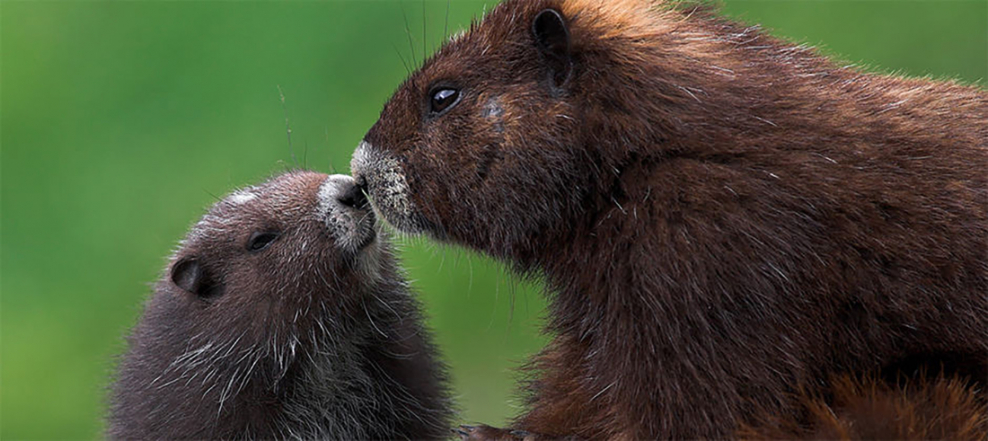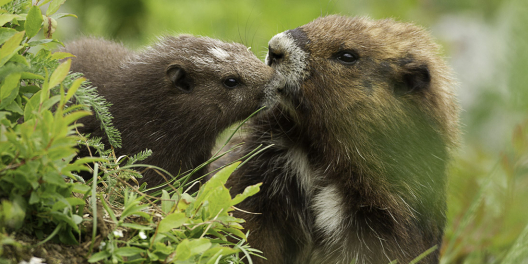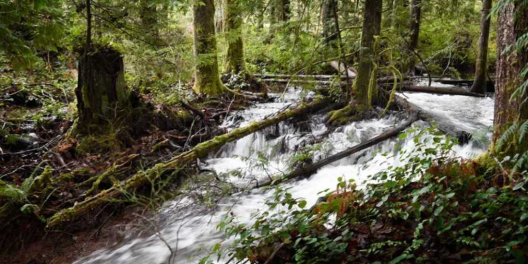For more than 20 years, enviro groups have been publishing reports, spending millions of dollars on campaigns, and kindly asking various BC government bodies to create laws to protect endangered species.
Where has it gotten us?
Nowhere.
Which is a bit wild, because endangered species protection gets more public support than almost any other environmental issue.
In a 2017 poll by Ipsos Reid, nearly 90 percent of Canadians strongly agreed that it’s important to prevent the extinction of plants and animals. Eighty percent agreed that endangered species need to be protected even if that means limiting industry.
That’s as a good a public mandate as you can hope for on any issue. Yet our political leaders continue to say one thing, while kowtowing to industry. And industry has had an easy ride on species and biodiversity protection.
Next month, representatives from nearly 200 countries will gather in Montreal for COP15, the United Nations biodiversity conference. The hope is to reach an agreement that will reverse biodiversity loss by 2030 and achieve full recovery by 2050.
It’s a very tall order given the other existential threats facing the planet these days. There’s Russia’s senseless invasion of Ukraine and the wholesale destruction of that country. There’s climate change. There’s also nothing forcing counties to uphold their commitments. So they can go to Montreal and say whatever they want.
Nevertheless, protecting the web of life on our planet is more important today than ever before. In fact, it’s mission critical.
That’s why British Columbia needs to step up its game, in a big way.
For too long, our province has had no plan to protect plants and animals in the sea or on land. The result is an ongoing series of trade-offs with resource development and a creeping loss of habitat.
Wilderness and wildlife is our calling card as a province. From the grasslands of the South Okanagan and the Interior Rainforests of the Incomappleux River Valley, the Columbia River wetlands the Great Bear Rainforest fjords.
BC is blessed with species and landscapes that you can’t find anywhere else. It’s also home to more species at risk than any other province or territory. There are more than 1,900 species, sub-species, and ecosystems officially at risk of extinction, including southern mountain caribou and spotted owls.
During the 2017 election campaign, the NDP made sure to talk about this in its platform. They stated specifically that BC has no “stand-alone species at risk legislation.”
They promised to do something about it.
“We will bring in an endangered species law and harmonize other laws to ensure they are all working towards the goal of protecting our beautiful province,” the NDP boldly stated in its campaign.
Half a decade later, nothing has changed, and that’s a tragedy.
In 1996, the territories and all the provinces (except Quebec) signed the National Accord for the Protection of Species at Risk. That means they agreed to create legislation and programs to protect the plants and animals that live within our borders.
BC was one of four provinces that let the ink dry on the accord. Then they didn’t follow through.
As reported recently in The Narwhal, the BC government says it protects at-risk species with a basket of legislative tools. The basket includes the B.C. Wildlife Act, the Land Act, and the B.C. Forest and Range Practices Act.
But a new study from the Wilderness Committee and Sierra Club BC highlights big gaps in this patchwork approach. And those gaps put at-risk species and habitat in even more peril. The report is based on an independent audit by biologist Jared Hobbs, who was commissioned by the groups to analyze existing federal and provincial species protections in BC.
The result, says Hobbs in his report, is “continued unabated habitat loss and consequent decline for many species.”
He notes that maps of at-risk species habitat is outdated and incomplete. That means we don’t even know where at-risk species live. He also says BC’s approach only addresses some of the threats facing critical habitat, but not all of them.
It’s a sad state of affairs. That’s why the Sierra Club and Wilderness Committee are urging Premier David Eby to quickly create at-risk species legislation in collaboration with Indigenous communities and make it law by the end of 2023.
Chief Stewart Phillip is president of the Union of BC Indian Chiefs. He said in a recent Sierra Club press release that government already has all the reports and data it needs to make it happen.
“One of the key recommendations of the 2020 provincial Old Growth Strategic Review Panel was for BC to enact a new law to establish ecosystem health and biodiversity as an ‘overarching priority’ across all sectors,” said Chief Phillip. “There is no more time to waste.”
But here’s the thing. Advocates for endangered species protection have published reports before and played nice with the BC government. They’ve kindly asked government to do the right thing.
And it’s not working.
It’s time to take the gloves off, get the public onside, and turn up the heat on politicians. The web of life in our province should be a make-or-break election issue.









